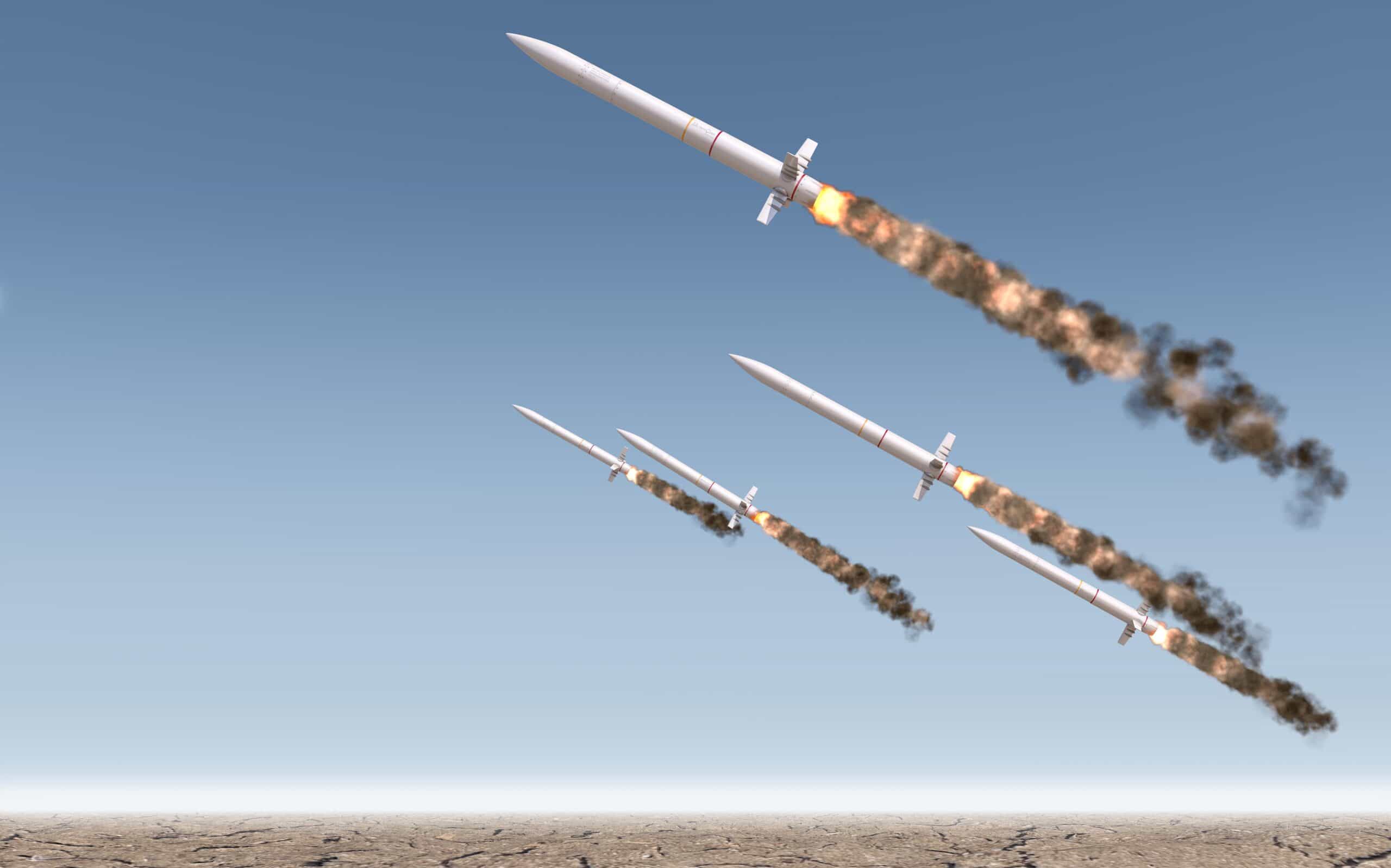
Hypersonic missiles are one of the newest and most impressive kinds of military technology currently altering the strategic balance of power. Only a few countries have deployed them, and defenses against them are non-existent. The United States is not at the front of the pack in this technology, as other countries have already moved beyond the experimental stage to field these weapons. What does this mean for U.S. national security?
24/7 Wall St. Insights
- A handful of technologically advanced countries have fielded hypersonic weapons, which have unique capabilities that make them nearly impossible to defend against.
- The United States is working hard to catch up to the capabilities of rival countries, which are already fielding these weapons in combat.
- Also: Discover “The Next NVIDIA
What Are Hypersonic Weapons?
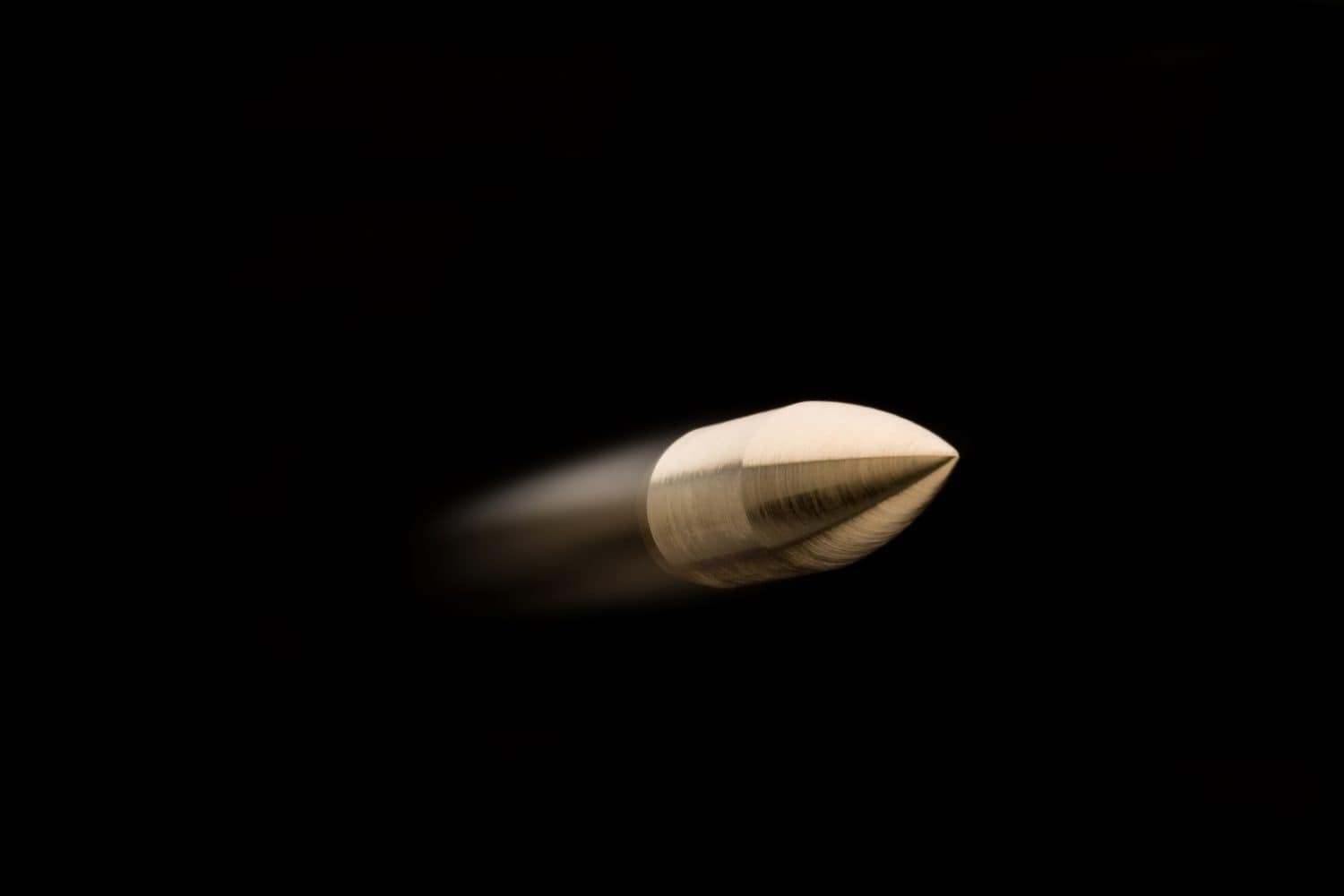
In avionics, “hypersonic” speed is defined as 5-25 times the speed of sound. Sound travels at approximately 767 miles per hour, which means a hypersonic weapons would cover anywhere from 3,835-19,175 miles in an hour. In comparison, a 9mm bullet travels at about 709-873 mph. So a hypersonic weapon, like Superman, is quite a bit faster than a speeding bullet.
Atmospheric Effects of Hypersonic Missiles

At their astounding speed, hypersonic missiles superheat the molecules of the atmosphere around them during flight. The temperature gets so high that the atoms of atmospheric gas have electrons ripped away from them, forming a superheated plasma. This makes it hard to communicate with the projectile and control its flight path once it is launched—one of many technical difficulties that slows down research and deployment of effective hypersonic weapons systems.
How Are Hypersonic Weapons Unique?
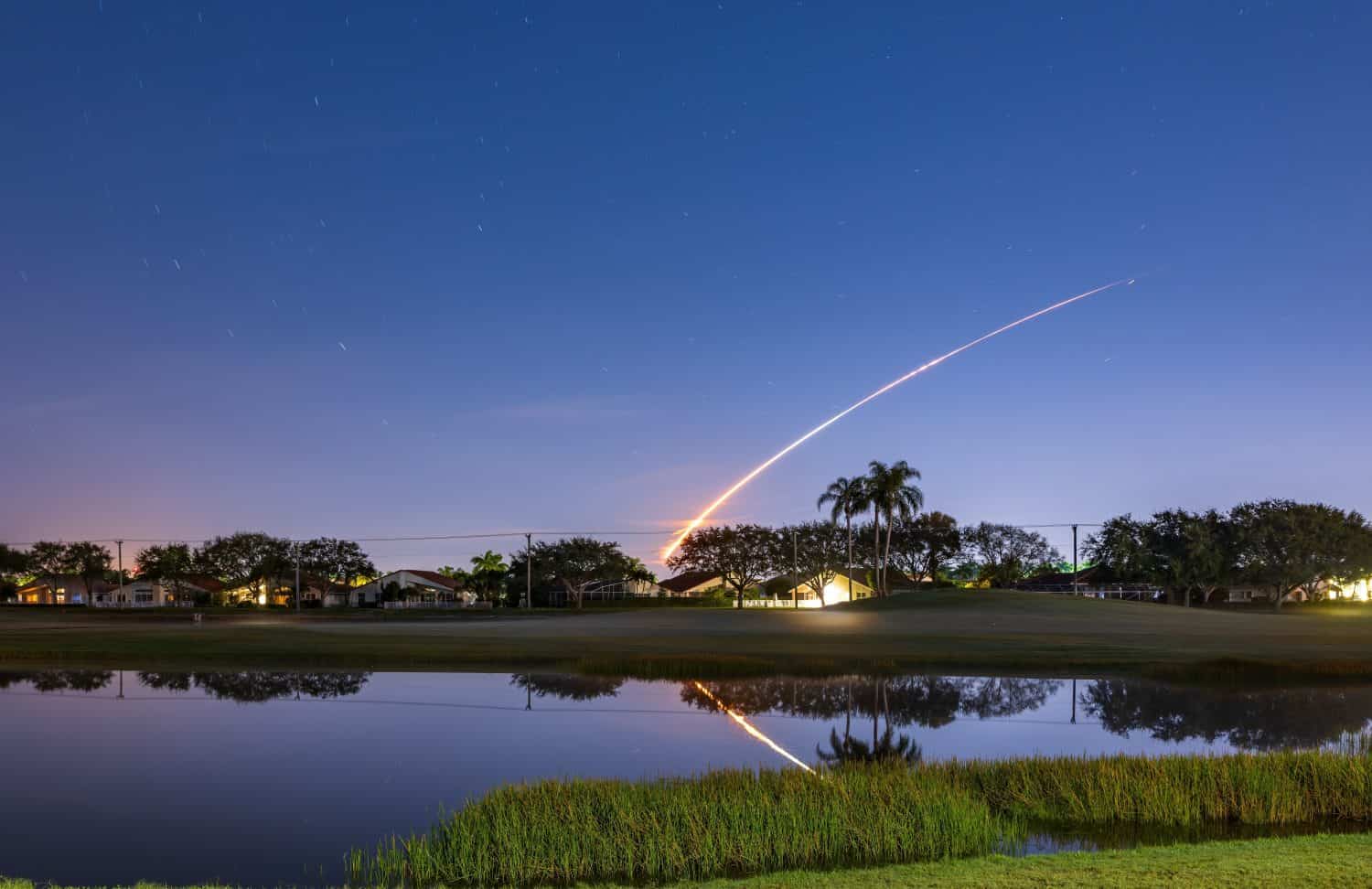
The speed of hypersonic weapons means they can strike targets thousands of miles away just a few minutes after launch. But so can ballistic missiles, which also reach hypersonic speeds, and have been around since the 1950s. What makes today’s hypersonic weapons different is that they can maneuver within the atmosphere rather than just following a ballistic trajectory. This means they can take evasive maneuvers as aircraft do and get past ballistic missile defenses. Thus, they are more likely to reach their targets with conventional or nuclear payloads.
Varieties of Hypersonic Weapons
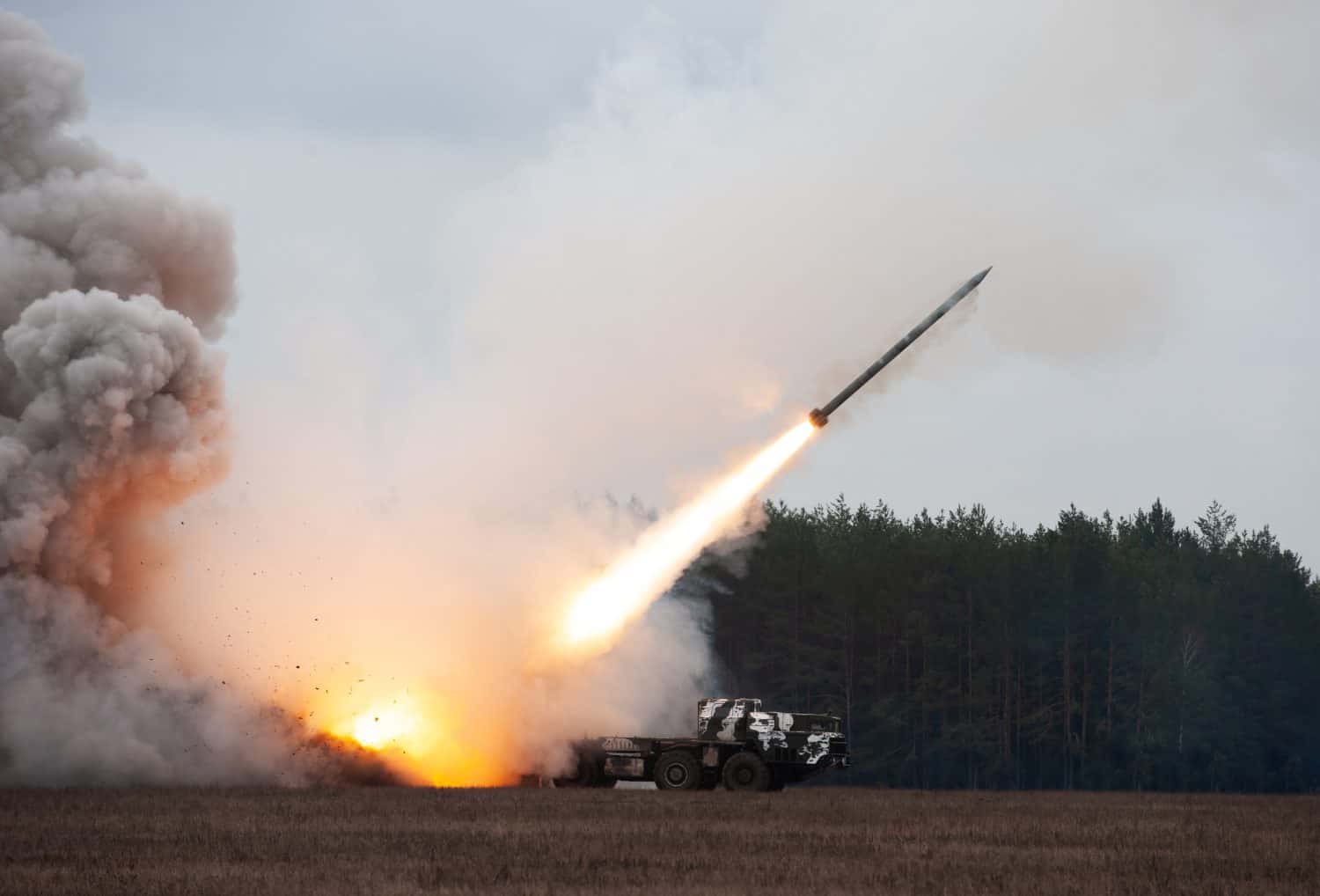
Here are four examples of the different kinds of hypersonic weapons various countries are researching:
- Hypersonic glide vehicles: These are warheads that can glide through the atmosphere at hypersonic speeds after being launched ballistically.
- Cruise missiles: Hypersonic missiles use scramjets, which use air from the atmosphere in their combustion process, to achieve hypersonic speed.
- Aircraft: Like cruise missiles, hypersonic aircraft use scramjets and similar engines to reach enormous velocities.
- Cannon-launched projectiles: These warheads can be launched by regular artillery or by using advanced technology like railguns that use electricity to shoot projectiles, which accelerate to hypersonic speeds.
World Status of Hypersonic Weapons

Many of the world’s greatest military powers are racing to develop hypersonic weapons. At the moment, China is considered the world leader, having already deployed ground-, air-, and sea-launched hypersonic weapons. Russia, too, is surging ahead, having already used hypersonic weapons in its war in Ukraine. The United States has done advanced research in this area, with a total of 6 programs progressing in the Army, Navy, and Air Force. However, after billions of dollars of investment, the U.S. has still not fielded a hypersonic weapons system. Other countries with research and emerging capabilities in this technology are Australia, Brazil, France, Germany, India, Iran, Japan, North Korea, South Korea, and the United Kingdom.
How Have Hypersonic Weapons Performed in War?
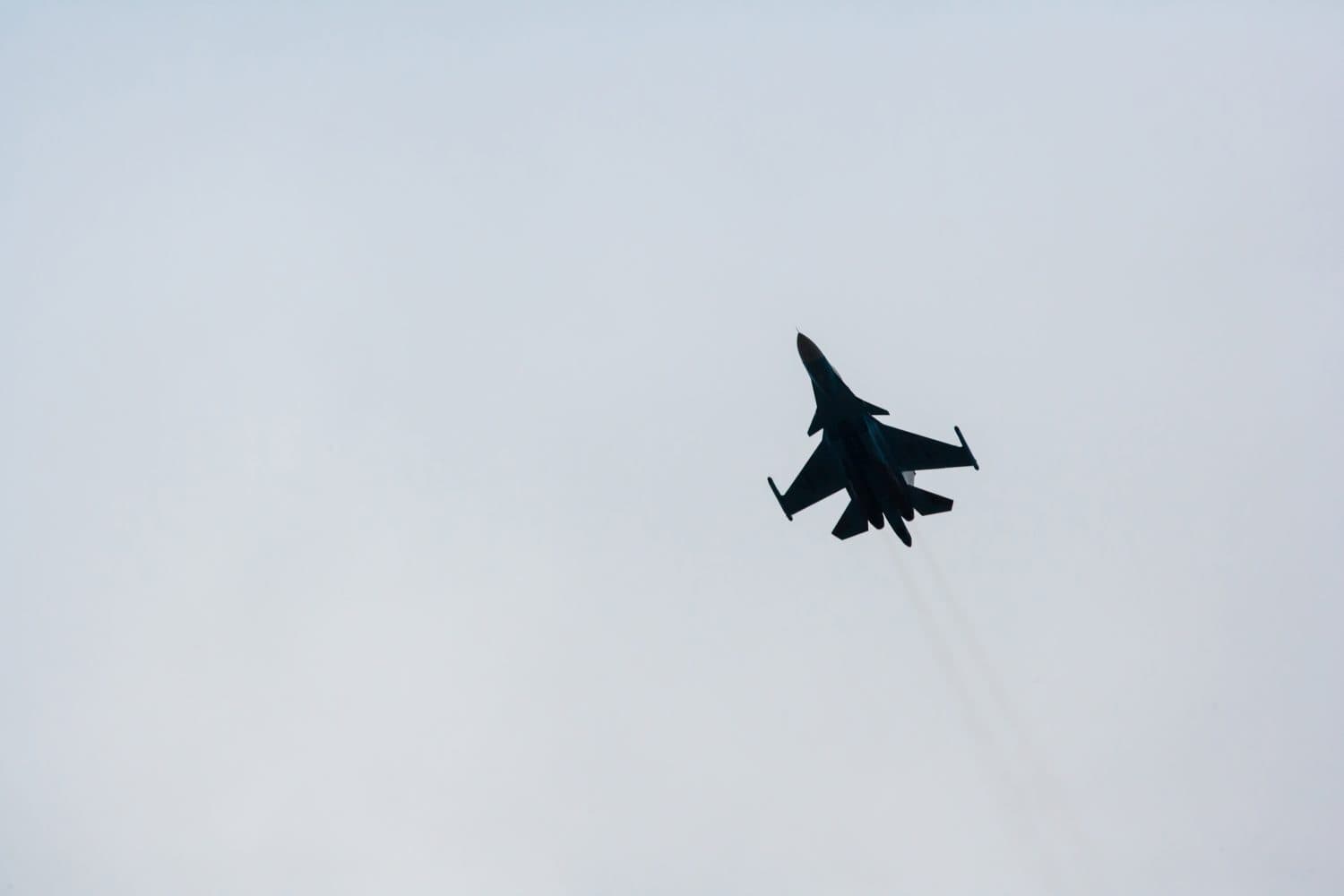
So far, the only time hypersonic weap0ns have been used in war are by Russia. On several occasions the Russians have used the air-launched Kh-47M2 Kinzhal hypersonic missile, known colloquially as the “Dagger,” against targets in Ukraine. One of the reasons they have outfitted their Su-34 aircraft with “Daggers” is the astounding losses they have suffered in the war. In the first year alone, more than 20 were destroyed out of a fleet of 121. Hypersonic missiles have allowed their aircraft to attack at a distance, from “standoff” positions that make them less vulnerable to enemy fire. A Chinese analysis of the performance of Russia’s hypersonic weapons says that they have not been game-changing and that Russia does not possess them in large enough numbers to shift the balance of power with them.
Are Hypersonic Weapons Worth the Investment?
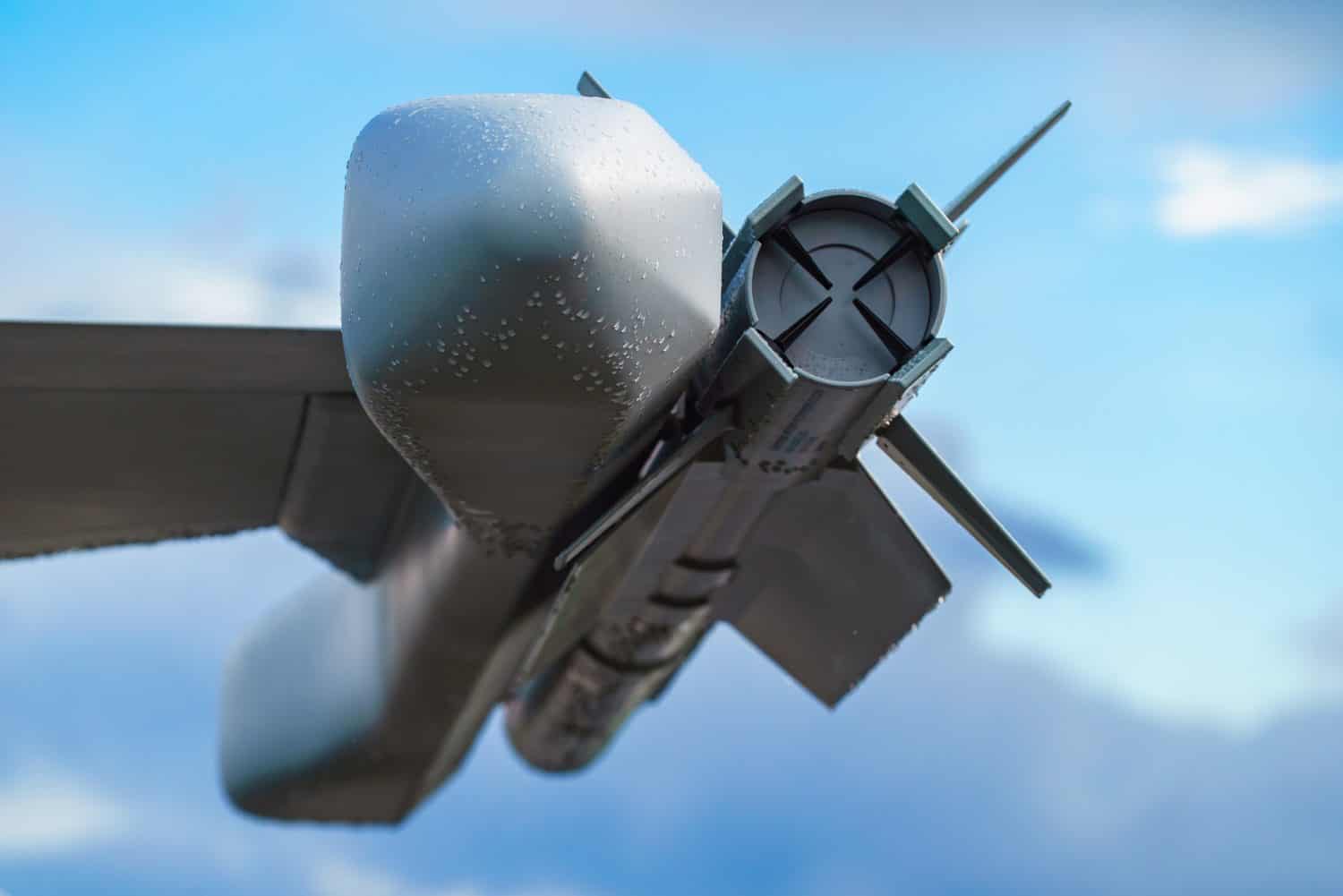
To some extent the world’s militaries suffer with a “keeping up with the Joneses” mentality. But just because a rival fields a new technology doesn’t mean it is worth the investment, impressive though it may be. In 2023, the Congressional Budget Office pointed out that the technology is still unproven and has not solved all the problems, such as extreme heating.
Hypersonic weapons are a much more expensive solution to U.S. defense needs than conventional supersonic or subsonic missiles, which are a proven technology that can be fitted with maneuverable reentry vehicles to achieve some of the same advantages of hypersonic missiles. Existing missiles are still quite effective against the still rudimentary missile defense systems being developed by the world’s militaries.
Implications for U.S. National Security

Following are three suggestions of how the current status of hypersonic weapons might have a bearing on U.S. national security.
Offensive Capabilities

It seems that existing technology can perform much the same mission as hypersonic tech. And if, for example, we have a concern to be able to reach the territory of our enemies quickly, we could just as easily increase our fleet of ballistic-missile submarines and keep more of them patrolling within range of flashpoints.
Defensive Capabilities

One reason rivals like China are so keen to develop this technology is to be able to take out American ships in the event of war. So if hypersonic weapons could be developed as part of our missile defenses, this could be an important application of the technology to an area of need.
Psychological Warfare

National security is rooted not only in the realities of a country’s capabilities, but in perceptions in other countries about the quality of their military forces and their determination to invest in improving them. Thus, the American defense community might perceive our lack of hypersonic weapons as a loss of prestige and a message to the world that we are losing our technological edge.
Tentative Assessment

Our tentative assessment of hypersonic weaponry is that the United States might do well not to rush into fielding this technology prematurely, just because China and Russia have it. It does not seem yet to fill a clear need in our military capabilities that cannot be met by less expensive and more reliable technology. Instead, because our rivals are developing this tech in large part to overcome U.S. missile defenses, it may be preferable to work on taking more leaps forward in defensive technologies. This can render our rivals’ over-investment ineffective and make the United States, in the end, emerge on the world stage as the more prudent and visionary military power.
Take Charge of Your Retirement In Just A Few Minutes (Sponsor)
Retirement planning doesn’t have to feel overwhelming. The key is finding expert guidance—and SmartAsset’s simple quiz makes it easier than ever for you to connect with a vetted financial advisor.
Here’s how it works:
- Answer a Few Simple Questions. Tell us a bit about your goals and preferences—it only takes a few minutes!
- Get Matched with Vetted Advisors Our smart tool matches you with up to three pre-screened, vetted advisors who serve your area and are held to a fiduciary standard to act in your best interests. Click here to begin
- Choose Your Fit Review their profiles, schedule an introductory call (or meet in person), and select the advisor who feel is right for you.
Why wait? Start building the retirement you’ve always dreamed of. Click here to get started today!
Thank you for reading! Have some feedback for us?
Contact the 24/7 Wall St. editorial team.
